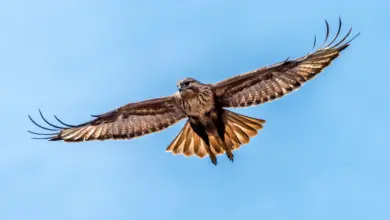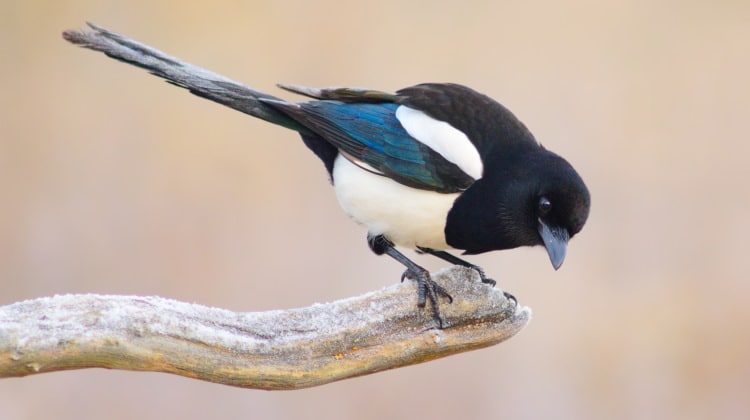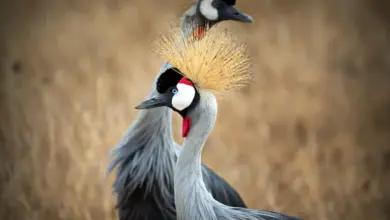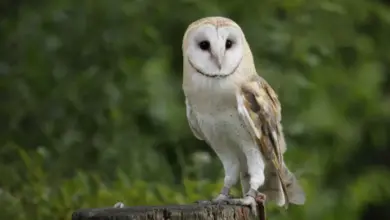Do Birds Have Penises? The Awful Reason Why They Don’t
Birds have a unique way of having sex – they have an opening called the cloaca that they use to transfer sperm. But do birds have penises as well? Why or why not?
There are more than 10,000 species of birds, and only about 300 out of these have a penis. So, how do these 9,700 bird species that do not have a penis mate?
Most birds use the cloaca, a multifunctional opening that is their sex, pee, and poop hole; all rolled into one!
In this article, let’s understand the reproductive organs of male and female birds. Read ahead to discover how birds lost their penises and why so few have them!
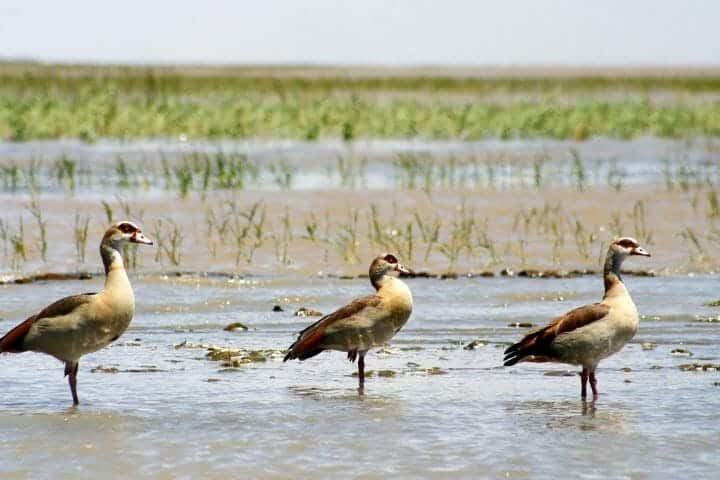
Why Did Birds Lose Their Penises?
The straight-up answer to this question is that we are not sure.
The loss of bird penises has caused a lot of interest in the scientific community.
After all, why would a species lose something that happens to be the primary way most animals reproduce?
There are many theories behind how birds lost their penises, considering that their ancestors (the dinosaurs) had them.
Two main theories are:
- It might have helped lower the risk of infections in birds
- Losing a penis also means their weight goes down, making it easier to fly
Apart from this, another reason that scientists have come up with is that the females selectively chose only those males who had smaller penises to get more control over their sex.
In many species, such as ducks, forced sex is common (and dangerous), so the female birds probably wanted to save themselves from the life-threatening rape.
Some birds that used to have penises and have now lost them are eagles, flamingos, penguins, and albatrosses.
The Genetic Reason Why Birds Lost Their Penises
While the reasons are not so clear, recent research has shed light on the mechanism that causes the penis not to develop in birds.
Among the many genes in our bodies, the Bmp4 (Bone Morphogenic Protein 4) is responsible for the development of the penis.
Not just that, it is also responsible for:
- Bone development
- Muscle development
- Cartilage development
- Tooth development
- Limb development.
It turns out that Bmp4 starts out making something of an early version of the penis in birds with the baby.
This precursor to a penis is called a “genital tubercle.”
However, a process called apoptosis in birds kills off the tubercle. The poor thing is programmed to die before it can ever change into an actual penis!
In fact, the very Bmp4 that was creating the penis is also responsible for killing it off.
In some birds, this gene does not trigger apoptosis, and the penis continues to grow undisturbed.
This is how you get those 300 species that do have penises, such as ducks and a few other waterfowl.
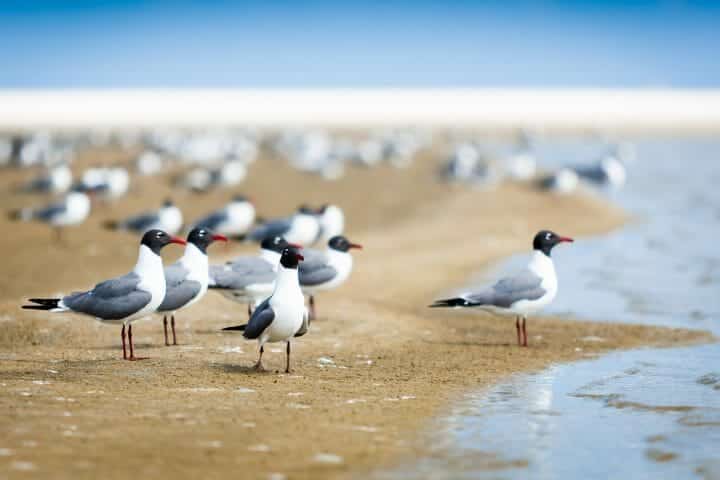
The Curious Case of Land fowls
For land fowls (Galliformes), the penis continues to go on, albeit in a rudimentary state, even when they hit adulthood.
Like other birds, their penises start developing when they are embryos. But in later stages, their bodies turn on the genetic program that stops their penises from growing further.
Which Birds Have Penises?
Penis-carrying species of birds include cassowaries, ducks, swans, geese, and some flightless birds such as emus and ostriches.
These birds do not have cloacas (the normal bird sex organ) but an actual phallus (penis).
In fact, the cloacal wall in these birds comes out and creates the phallus during intercourse.
But unlike humans and other animals, the penis erects itself because of lymphatic fluid instead of blood rushing into it.
So you can’t really call their sex a “rush of blood” event!
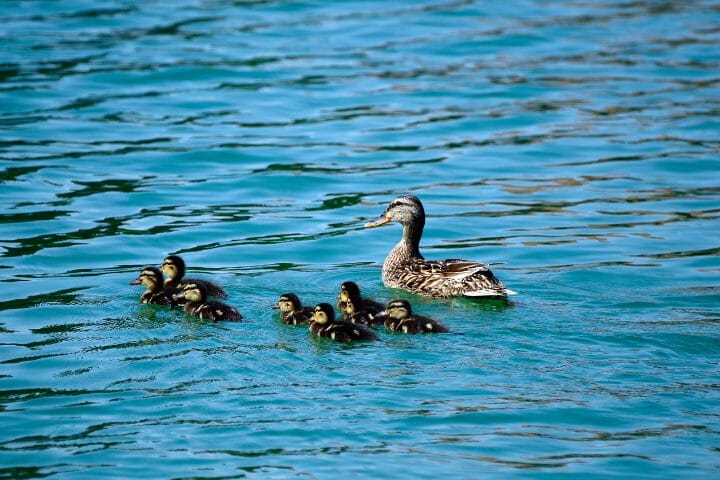
Ducks and Their Wierd Penises
Some birds, such as ducks and geese, are famous for their long penises.
The Guinness World Record for the world’s biggest avian reproductive organ is also held by a duck, namely, the Argentine Lake Duck, a species from South America.
Its penis measures 16.7 inches (42.5 centimeters) long when fully erect. It is also the longest of any vertebrate when you compare it with its body length.
Not only this, but the shape of their penis is also a subject matter of discussion: duck penises are coiled or counterclockwise corkscrew-shaped.
The vagina of lady ducks has a clockwise spiral shape to complement this strange penis.
This gives female ducks a unique way to control who they want to mate with.
If the female is not interested in a mate, she just flexes her vaginal muscles, and out comes the penis!
One last unique fact: in some duck species, the penis grows during the breeding season and then degenerates back!

Do Birds Have Clitorises?
Most birds don’t have clitorises. But there are a few exceptions.
We already discussed this: only 3% of avian species have a penis
Mating between the male and female in the other 97% happens through contact between the “cloacas” of the male and female.
In other mammals, the same tubercle helps grow both the clitoris and the penis. Early in its development, the organ is the same for females and males.
Later, estrogen and androgen cause this tubercle to make
- The clitoris and labia in females and
- The penis and scrotum in males.
But in birds, due to the process of apoptosis, the clitoris also gets killed before being born!
Only a few female birds, such as cassowaries and red-billed buffalo weavers, develop organs resembling the clitoris.
Well, you can’t really call it a clitoris.
These birds have a “pseudo-penis” that helps push the sperm from their cloaca into the female.
However, this pseudo-penis is not actually a part of the reproduction system.
Some think that it’s only for pleasuring the female: the longer the penis, the more chances are that the female will choose it as a mate (cue penis jokes…)
Interestingly, females also have this same pseudo-penis. So you can either call them both pseudo-penises or pseudo-clitorises!
Frequently Asked Questions
How do birds release sperm?
Do male birds have privates?
Birds such as ducks and geese have corkscrew-like penises measuring up to 9 inches in length; they retract when not used.
Some male birds like geese, ducks, swans, and some large flightless birds have penises and use them for their pair bond.
Some birds do not have penises at all, such as chickens and quails.
Do birds have boners?
What animals mate for pleasure?
In the End
Bird penises are rare, and the 3% species of birds with them have interesting and unique organs.
The vast majority of bird species have cloacas. But the fact that they don’t have penises helps us understand that evolution has shaped many unique features in all life on earth.

